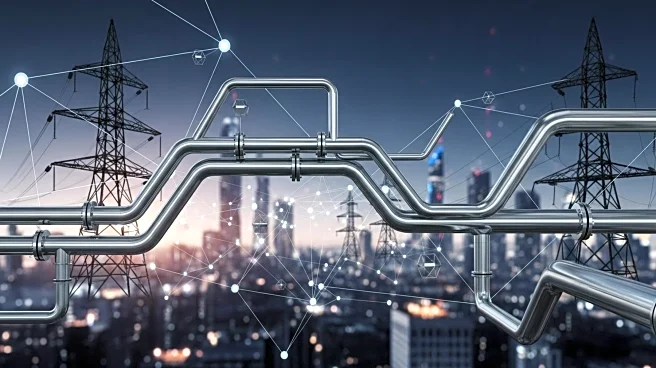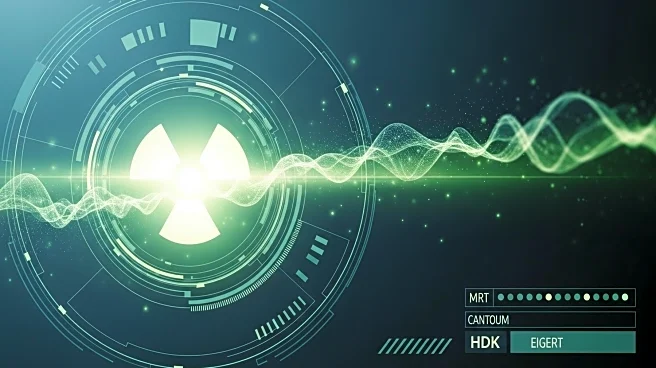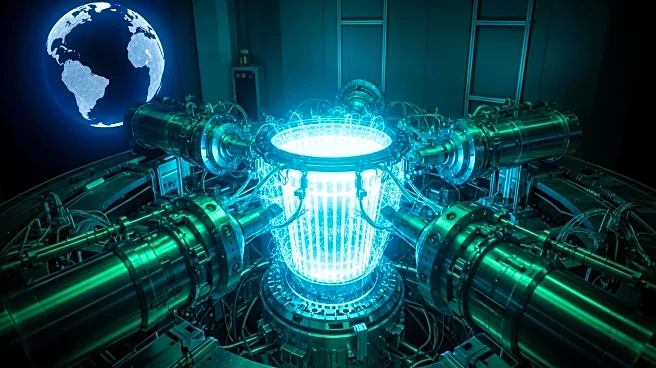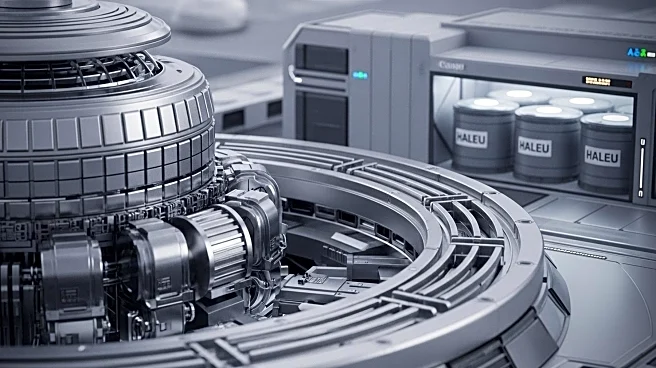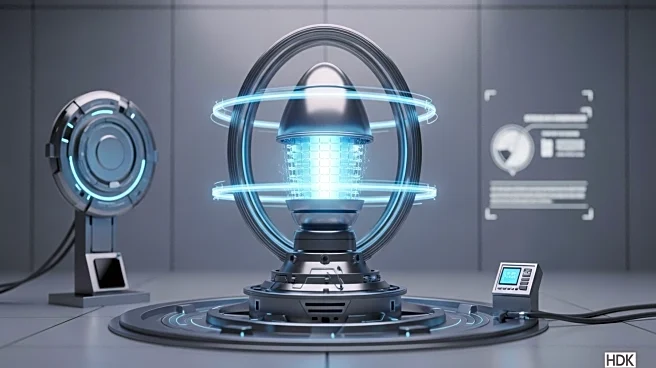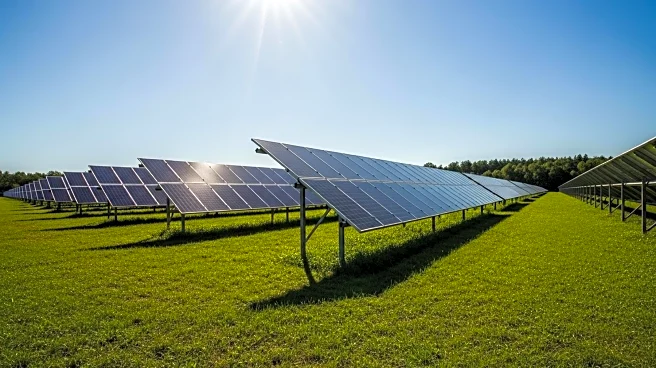What's Happening?
The U.S. energy system is experiencing significant challenges due to a combination of increasing electricity demand, outdated infrastructure, and policy uncertainty. Electricity demand is projected to grow by 25% between 2023 and 2030, with data centers contributing to nearly half of this increase. This surge in demand is outpacing the grid's ability to adapt, compounded by the retirement of coal-fired plants and slow deployment of renewable and storage capacity. The American Society of Civil Engineers has rated the U.S. energy sector poorly, highlighting insufficient transmission capacity and aging distribution transformers as critical vulnerabilities. These infrastructure bottlenecks are causing financial losses, with many renewable energy projects facing delays or cancellations. Policy shifts, such as the One Big Beautiful Bill Act, have introduced regulatory uncertainty, leading to a significant drop in renewable investments.
Why It's Important?
The challenges facing the U.S. energy infrastructure have broad implications for market stability and the transition to renewable energy. The inability to meet growing electricity demand could lead to increased risks of rolling blackouts and price volatility, affecting consumers and businesses alike. Investor confidence in renewable energy projects is waning due to policy uncertainty and supply chain disruptions, which could hinder the U.S.'s ability to compete in the global renewable energy market. The erosion of energy data infrastructure further complicates efforts to modernize the grid and prioritize high-impact projects. Without urgent reforms, the U.S. risks falling behind in the energy transition, impacting economic growth and environmental goals.
What's Next?
Addressing these challenges requires a multifaceted approach, including modernizing grid data infrastructure, streamlining the National Environmental Policy Act review process, and expediting permitting for transmission lines. Policy stability is crucial to restore investor confidence and justify the upfront costs of renewable projects. The Department of Energy has warned of potential reliability challenges if reforms are not implemented, emphasizing the need for collaboration and data-driven solutions. Stakeholders in the energy sector are closely monitoring developments and awaiting decisive action to ensure the U.S. can meet future energy demands and maintain market stability.
Beyond the Headlines
The current situation highlights the need for a long-term strategic vision for U.S. energy policy that balances economic, environmental, and social priorities. The reliance on foreign-controlled supply chains for solar and battery components underscores the importance of developing domestic manufacturing capabilities to enhance energy security. Additionally, community opposition to renewable projects points to the need for better stakeholder engagement and communication strategies to build public support for the energy transition. These deeper implications suggest that the U.S. must address not only technical and financial challenges but also cultural and societal dimensions to achieve a sustainable energy future.
